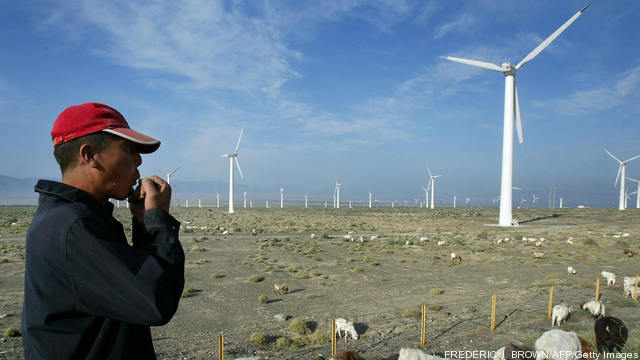
The US energy sector has been a rare bright spot through much of the past four years as first financial firms and then the rest of the global economy has struggled to recover from a grinding and often jobless recession.
Statistics about jobs vary, but any region with significant oil or gas resources has noted the uptick in employment in those sectors as development has accelerated. The most recent numbers from Pennsylvania’s Department of Labor and Industry, for example, show core employment in the Marcellus Shale developments in the state up by 177.5% from first quarter of 2009 to the first quarter of 2012, even as the state’s overall employment level has lagged that of the rest of the country. Keep reading →








